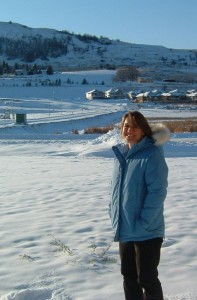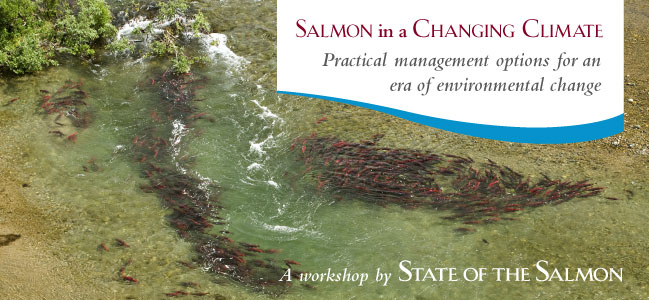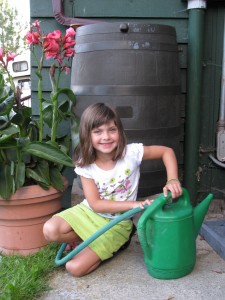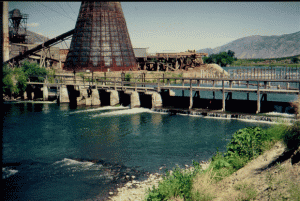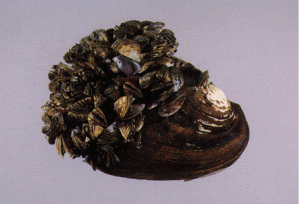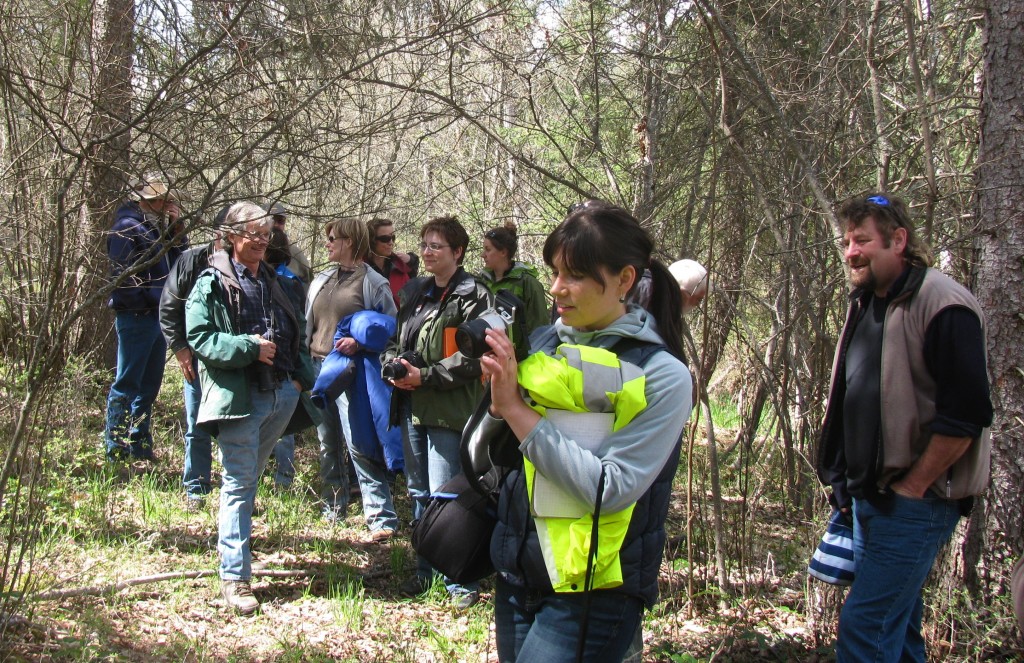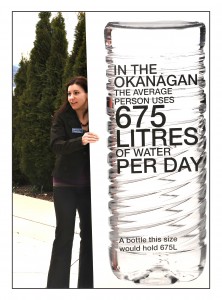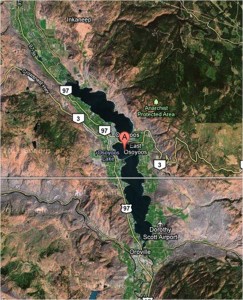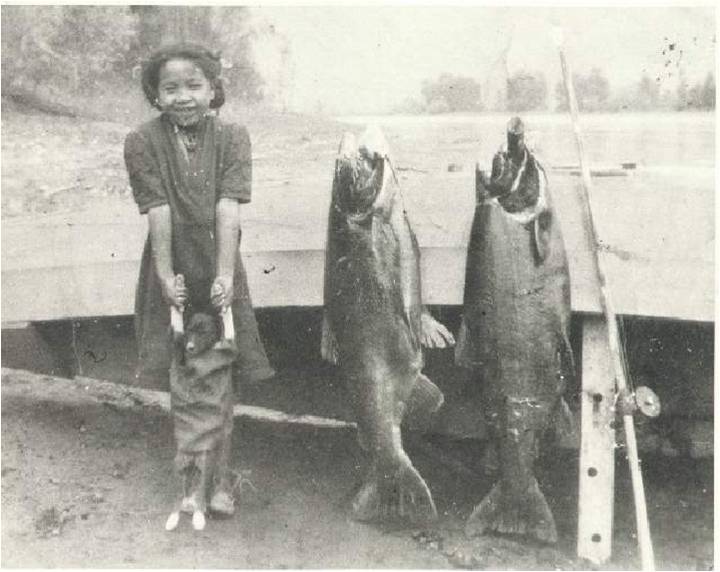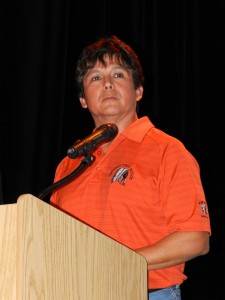“Start by doing what’s necessary; then do what’s possible; and suddenly you are doing the impossible.” -St. Francis of Assisi
Welcome to 2012. It is almost 5 months since I began this blog, “Building Bridges,” and the new year, when we traditionally look back and look ahead, seems like a good time to reflect on the message and purpose of these regular Okanagan Water updates. A novice blogger, I’ve been learning a lot – talking to veterans of social media, water enthusiasts, and my select and devoted readership.
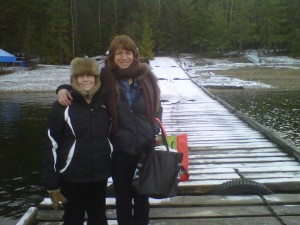
This Christmas was spent with friends at a boat-in cottage - after a thrilling lake crossing. Beautiful, but cold
If there is anything I’d like people to take away, it is the conviction that in a time of change, we have the power to work together and solve water issues as they arise. There are pockets of real problems in the valley, especially with groundwater, and many potential future challenges with climate change, but with planning and collaboration we can avoid severe crises. Starting with what’s necessary, and then carving off what’s possible, we can begin to tackle what now might seem insurmountable. Continue reading


